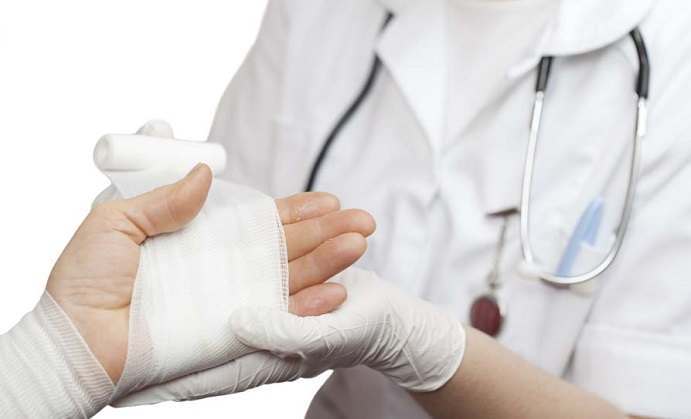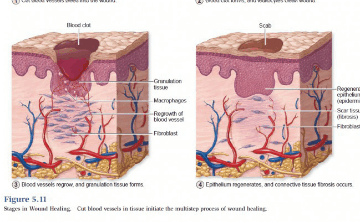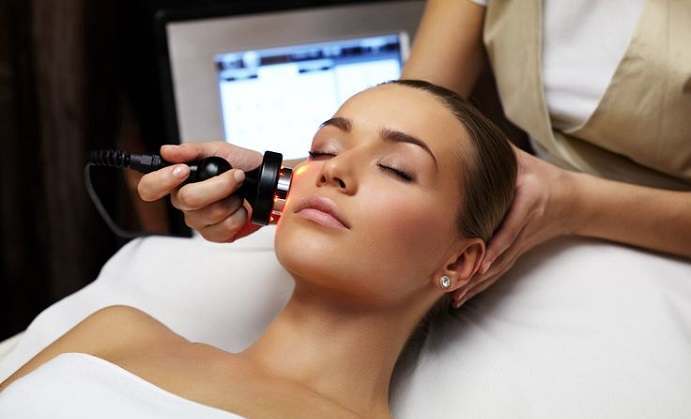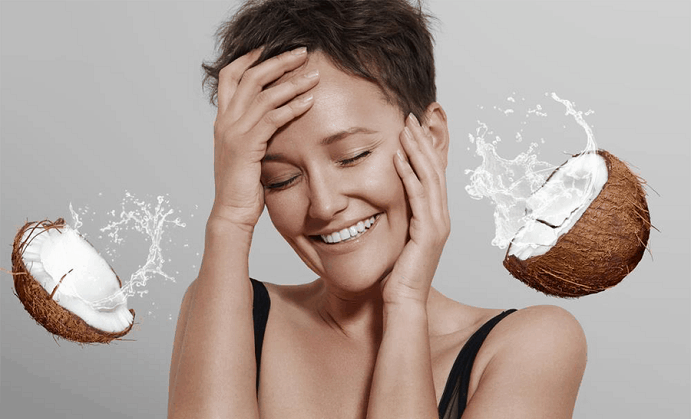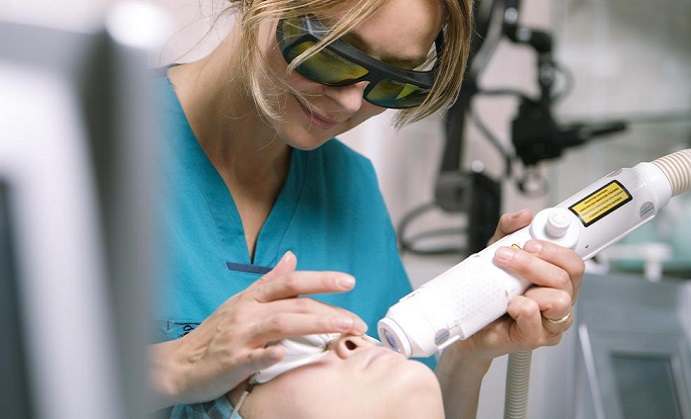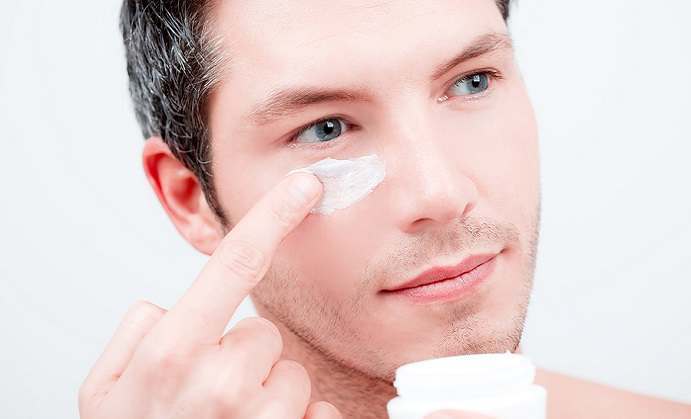Any type of injury can lead to scarring. Some scars disappear in a matter of months while some take years. There are several factors that would determine what type of scar you will have. Skin color, age, health condition and the severity of the injury will all factor in. However, you should also be aware that how you take care of the wound will also determine what kind of scar, if any, will develop.
An injury that requires stitching is a perfect example of a severe injury that would surely lead to a rather visible scar. However, there are steps that you can take in order to help lower the chance, and maybe even prevent, the development of scars for this type of wound.
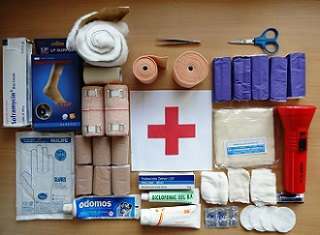 First and foremost, you will need to have the proper treatment material on hand. You will need the following for the proper treatment of wounds that require stitches:
First and foremost, you will need to have the proper treatment material on hand. You will need the following for the proper treatment of wounds that require stitches:
- Antibiotic ointment
- Petroleum jelly
- Vitamin E
- Occlusive bandages
Now that you have the proper items, it is time to treat the wound properly.
Step 1:
The first thing you must learn is the importance of bandages when it comes to treating a wound. Keeping your wound neatly and properly covered with an occlusive bandage can help speed up the healing process. Bandages such as gauze are made from soft breathable cotton which can help absorb moisture from the skin while protecting it from infection, both from the outside and within.
Step 2:
If you have a wound that was closed using stitches, then we highly advise against the use of hydrogen peroxide to clean the area. Contrary to popular belief, hydrogen peroxide actually kills the new skin cells that are forming around the injured area. This greatly slows down the process of healing while also throwing the regeneration of skin cells into a loop. This will increase the chance of scars developing during the healing process.
Step 3:
The first week is the most crucial period when treating cases of severe injuries. This is also the period where it is imperative that you regularly apply an antibiotic ointment over the wound. During the first week of treatment, you should always apply a generous layer of antibiotic ointment over the stitches. This will help prevent bacterial infection during the healing process’ most vulnerable time. After a week, you can switch to applying petroleum jelly in order to help promote better skin regeneration.
Step 4:
Once the stitches have been removed by the doctor, you now need to apply Vitamin E ointment over the area. Even when the wound is closed, it is important that you still apply Vitamin E oil in order to promote antioxidants and prevent free radical agents from preventing the growth of new healthy skin cells. Using a Vitamin E ointment can help prevent the formation of visible scar tissue.
Step 5:
Now, this one is important especially if you tend to stay outside for most of the day. It is imperative that you avoid exposing your freshly healed wound to the harmful UV rays of the sun. UV rays can slow down skin regeneration and can even activate melanocytes which can cause significant changes in the new skin’s pigmentations. When outside, keep your wound covered using clean bandages and apply sunscreen with a rating of SPF15 or above.
Step 6:
Once the wound has completely healed, you should remember to massage the area for at least a minute every day. Massaging the newly formed skin can help break down collagen in the tissue and help produce a smoother and softer appearance for the scar tissue.
Do you want to find an effective Scar Repair treatment? Check out our top rated Scar Repair products


